Flashforge Creator Pro 2 3D Printer Review
The Flashforge Creator Pro 2 is part of a small group of printers on the market that uses two separate print heads. This technology known as Independent Dual Extrusion (IDEX) is relatively new to commercial machines in 2020. Keep reading to find out if this new technology makes the printer a must-have in our Flashforge Creator Pro 2 review.
Flashforge Creator Pro 2 3D Printer Review Verdict
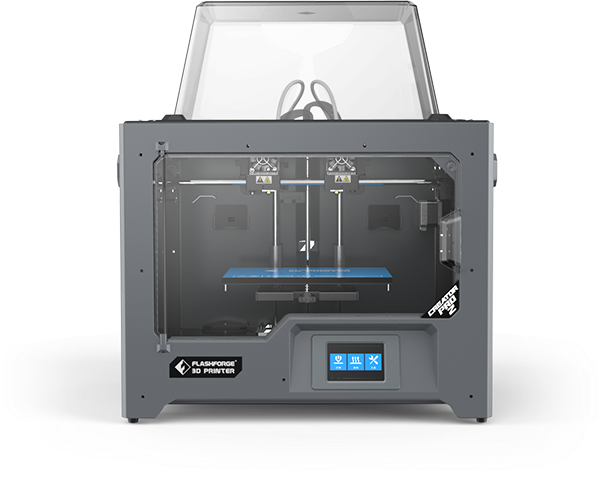
The Flashforge Creator Pro 2 is a noticeably larger machine than most desktop 3D printers. It's quite a bulky and heavy 3D printer, unlike most 3D printers on the market which feature a more open design. The exterior shell is made of a premium sturdy plastic, with an acrylic door and top cover to seal in heat which makes the machine quite visually pleasing with a very mechanical design.
The most notable feature of the Flashforge Creator Pro 2 is its unique Independent Dual Extruders which are a major selling point. Two printing heads that move individually or simultaneously allow the printer to print in a variety of different modes: using two colors, with soluble supports, and in a mirrored or duplicate mode in which each print head simultaneously prints the same model. This can allow you to do some truly impressive things, from creating striking multi-colored models, to quickly producing two halves of a model in one print job.
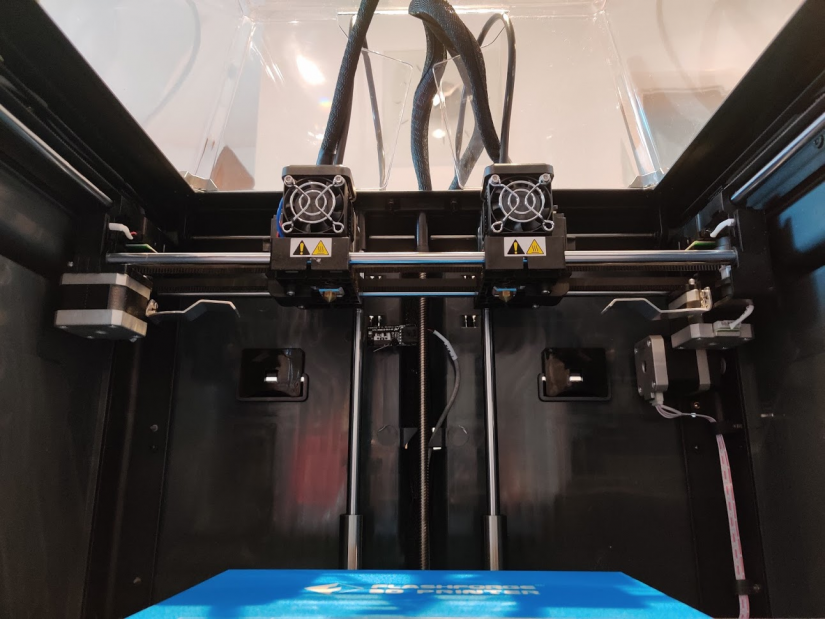
As a high-end printer, the Flashforge Creator Pro 2 isn't just full of gimmicks, with a heated and easy to level print bed as well as precise nozzle heads, the printer can produce some extremely high-quality prints. With the provided FlashPrint software, fine-tuning the printer to your own specifications is incredibly easy. Generating shells, rafts, supports, and cleaning pillars is easy and the software even offers to automatically add these in situations where you may have forgotten, saving you from reslicing or reprinting due to forgetfulness.
Perhaps the only downside to this printer is the oozing and stringing created by the print heads swapping in and out every layer. Printing at the recommended temperature is seemingly not enough to prevent over- or under-extrusion, and fine-tuning the settings is a necessity to prevent color mixing and fine strands of filament all around the edge of the model. I personally found that printing at just under the filament's recommended temperatures, and increasing the distance the filament is retracted while traveling, negated most of the effects and allowed for more normal looking prints.
Pros:
- Dual print heads offer some unique features
- Printer comes mostly pre-assembled
- Enclosed structure and heated print bed support ABS filaments
- Touchscreen provides a good user experience
- Large print surface for bigger prints
Cons:
- Print temperature and filament retraction must be fine-tuned to avoid excessive stringing and leaking
- Two heavy print heads mean high motor volume and heavy shaking of case
- Print time is higher due to retraction and print head swapping
Flashforge Creator Pro 2 Assembly and Setup
While a small amount of setup is required for the Flashforge Creator Pro 2, it's fairly simple to do and doesn't take a long time, even if it is a little fiddly. The printer ships with the two extrusion modules detached from the printer, however there are mounting areas already on the rails that just need to be screwed in, and while the angles are a bit tricky it's easily a single-person job. Two plates are also supplied for preventing oozing from the inactive print head while both are in use, which are optional but absolutely useful to attach. These are also simply mounted with screws. Overall, setting up the Flashforge Creator Pro 2 3D printer is easy enough which makes for a quick journey from unboxing to first printing.
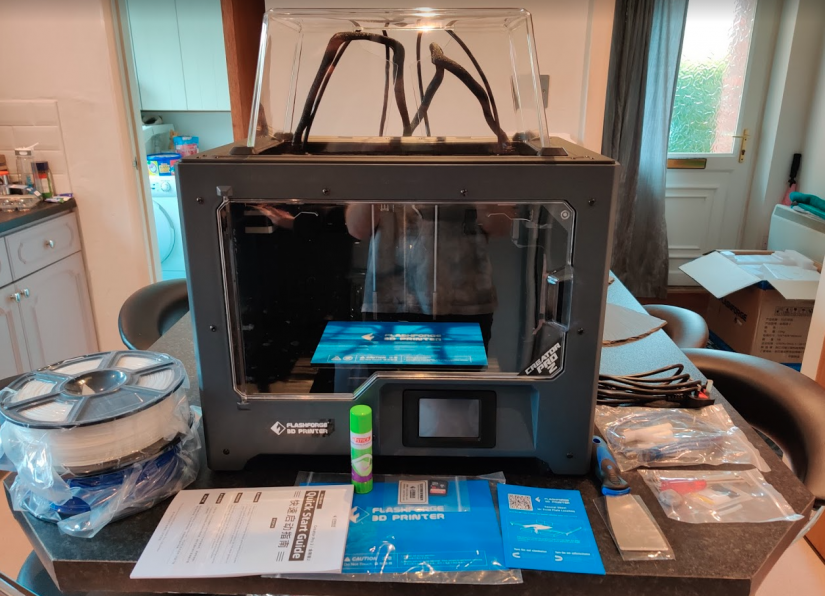
Aside from these small bits of assembly, the printer is set up and ready to run. It's always a good idea with any new printer to level the print head in case it has shifted, and to run the calibration to ensure the print heads will each print in the same place. This is very easy to do, but make sure to load filament before doing this step.
Flashforge Creator Pro 2 Features
Flashforge's newest entry into the 3D printing market is packed full of some groundbreaking features you'll struggle to find in other machines, most of these are owed to the IDEX dual extruder technology that the Creator Pro 2 Pro features. This is one printer that lives up to the Pro in its name.
Dual Extruder Printing
Although more advanced than your average dual extruder printer, with individual print heads that negate the issue of smearing when both nozzles move together you still get all the features and benefits you'd expect from any printer with dual extrusion. Printing one model with two types of filament offers a world of creative possibilities. To start with, you can print in two different colors on the same model, which gives your models a new level of depth that a standard printer never could.
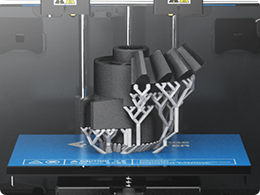
Additionally, by making use of soluble filaments such as PVA, you can print more complex or fragile models with support structures that simply melt away. This can be a valuable feature when working with fiddly models that may break away with the supports. It also makes it much easier to print models with large overhangs and floating parts. As a dual extruder 3D printer, the Flashforge Creator Pro 2 can handle complex print jobs.
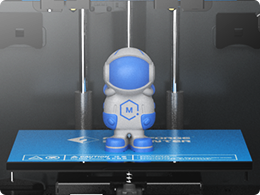
Duplicate Mode and Mirror Mode
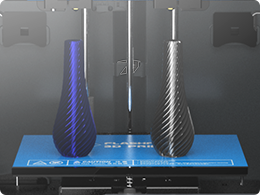
With two print heads that can act simultaneously and a large enough print bed to allow them to work at the same time, the Creator Pro 2 can do some truly impressive things. The duplicate mode allows each print head to work on 2 exact copies of the same model at each time, doubling the effectiveness of the machine when you need to mass-produce models. This also makes for a perfect way to test printing with two materials, as you can be sure that both were printed under the same conditions at the same time.
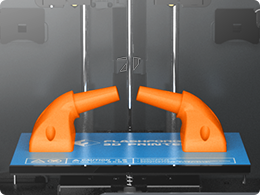
Mirror Mode is very similar, except the model you choose to print is duplicated on the other side but mirrored. This mode sees the print heads operating symmetrically, which is quite mesmerizing on its own. The obvious uses for this mode are printing two objects that you need mirrored duplicates of, or for printing a complicated model in two halves to glue together afterward.
Heated Print Bed and Enclosure
Although this is more common than not on more modern 3D printers, a heated print bed allows for compatibility with many more types of filament. ABS, PETG, and other varieties of plastic offer different qualities such as strength, and even for the classic PLA the heated bed will reduce warping and improve adhesion. And due to the build of the enclosure, it’s capable of keeping heat in for materials that tend to warp more when cooling.
But What Else?
Unfortunately, aside from this array of groundbreaking features that sell the printer on their own, the Creator Pro 2 doesn't come with a lot of the "standard" features you'd find for a high-end printer at this price. Not only is Wi-Fi functionality missing from this machine, but the printer uses a less convenient SD card slot rather than a USB port, making transferring models a little more of a hassle than some of the cheaper printers. Also, the printer has no way to resume a print in the case of a power-cut or needing to shut down the printer partway through. Finally, the printer does suffer from a lack of a removable print bed, which considering the enclosure, makes removing prints very difficult, although admittedly you can purchase a flexible print bed from the flashforge website.
Test Prints - Flashforge Creator Pro 2 Print Quality
To truly put this printer through its paces, I've printed an array of models that show just how well the Creator Pro 2 can make use of its flashy features, and to see if it can pull its weight as a high-end 3D printer.
Printer Accessories
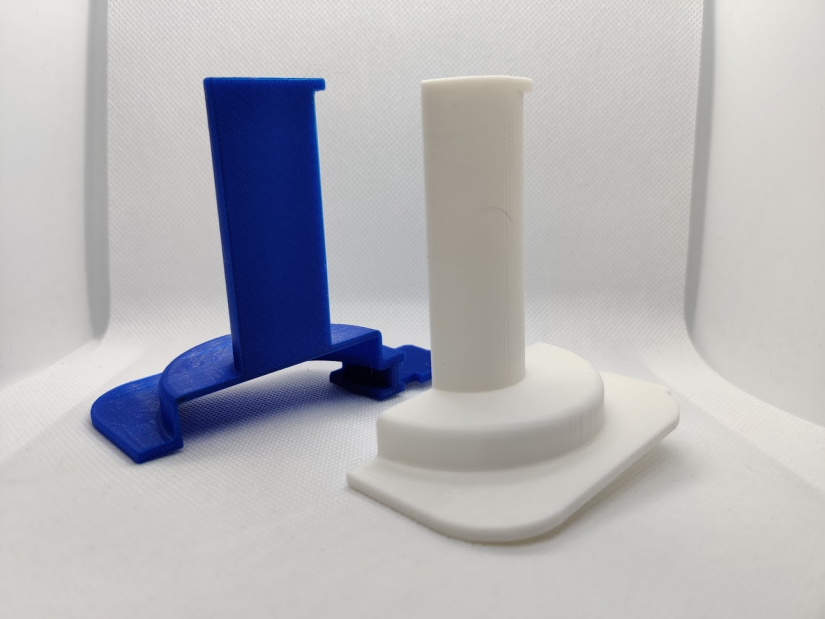
The most pressing thing to print on a new printer is accessories that help it to keep printing with other types of filament reel and improve the quality of life of your printer. As the Creator Pro 2 is a new printer, nobody had uploaded models for it on Thingiverse, so I quickly mocked up a spool holder based on the ones supplied, but with a thinner shaft to allow more reel sizes to be used.
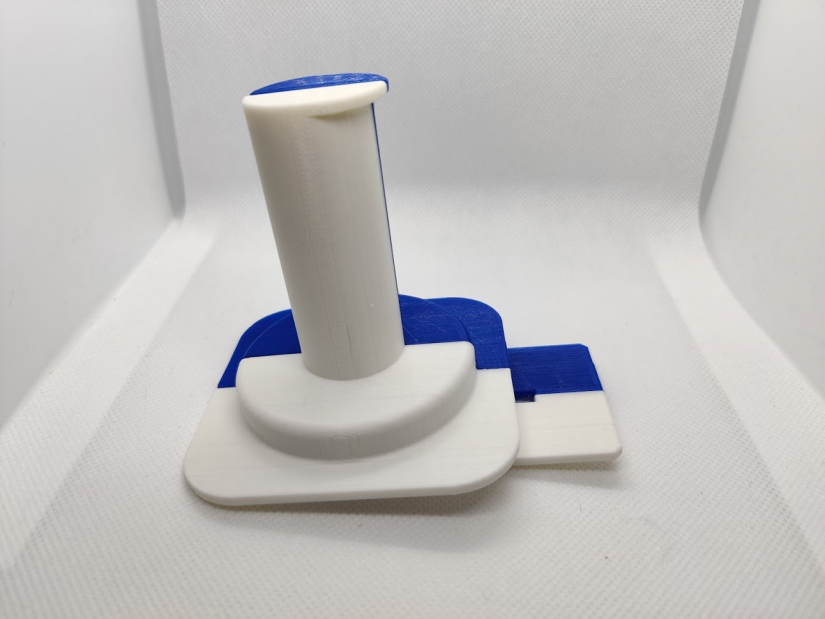
This model was cut in half while slicing and printed in mirror mode to reduce the print time and support structures needed.
If you would like to make your own you can find the model on our Thingiverse page.
Provided Models
Pangolin
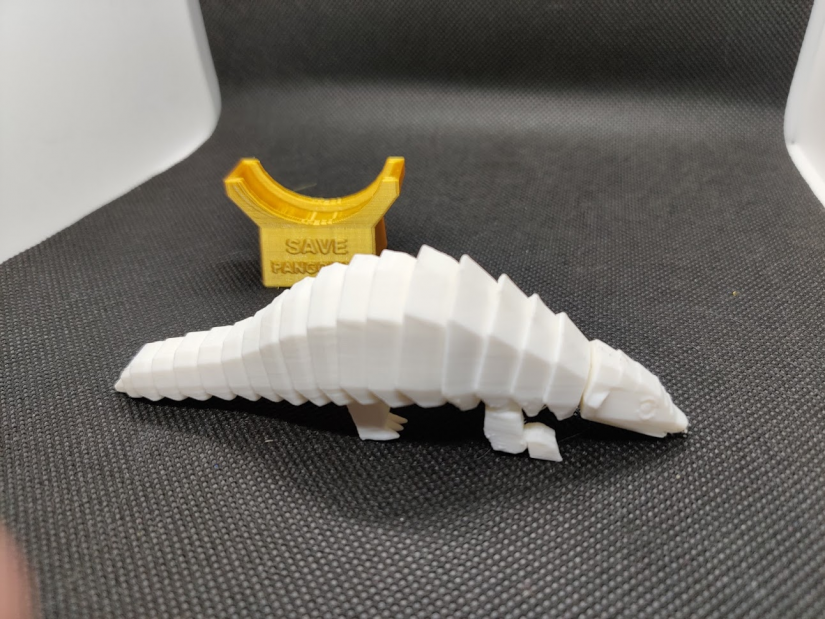
This pangolin model for raising awareness for the endangered species it depicts is a brilliant test of accuracy of print-in-place models with moving parts, as the whole animal articulates and rolls into a ball. The model was printed at half size to save on time and push the printer to its limits. As you can see, the model successfully articulates and poses, as well as looking visually perfect. To find the model and more details of this cause, check out the page on Thingiverse here.
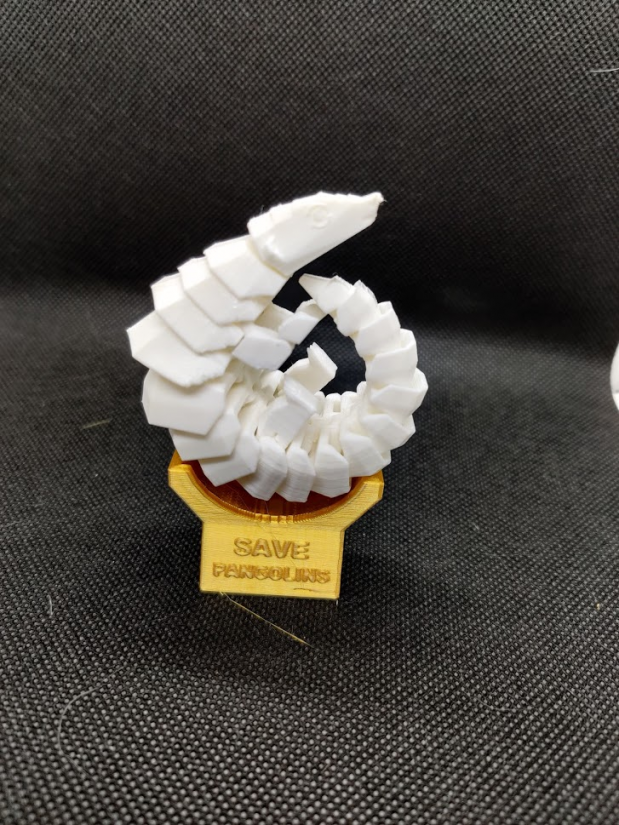
Golden Moon City
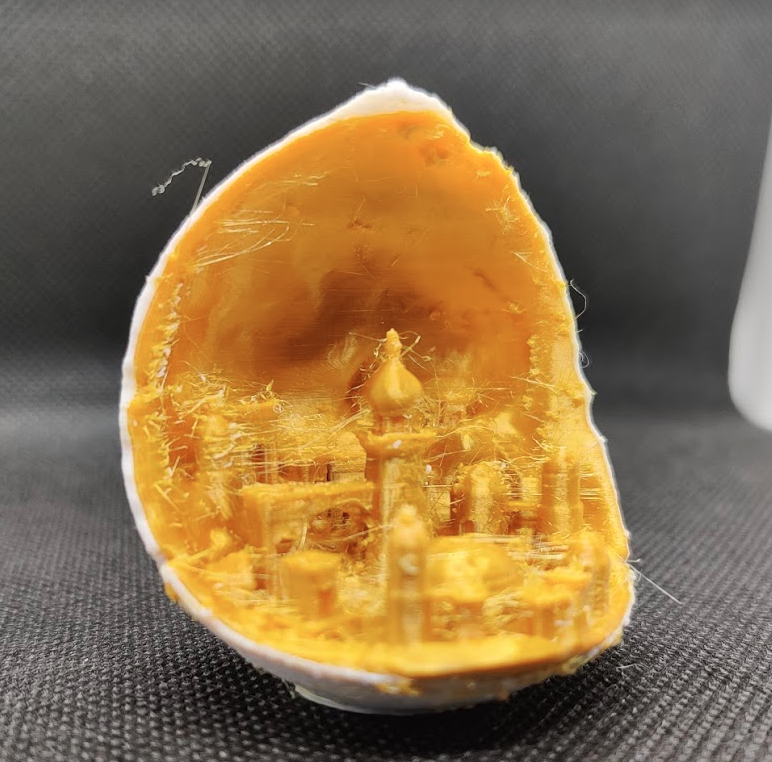
As a final test to push the printer to its absolute limits, I produced a miniature version of a moon with a detailed city on the interior. On a small size with the minimum layer sizes, this will verify the accuracy of the printer as well as test its ability to do detailed dual-color models.

The model initially came out incredibly stringy on the inside, but with some light sanding and a heat gun to melt away the fine strings on the interior, the print looks surprisingly good, with minor color running on the rear of the moon and some rough areas on the inside.
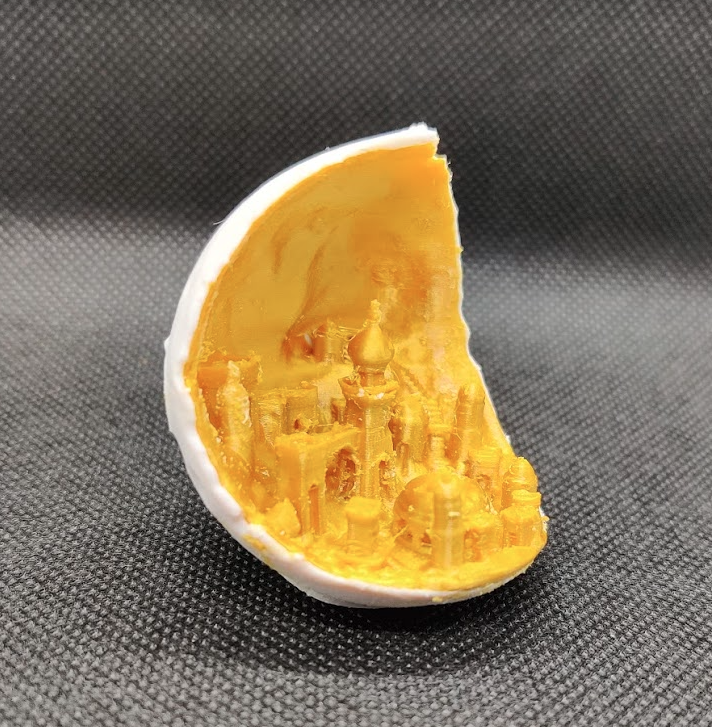
Dart Frog
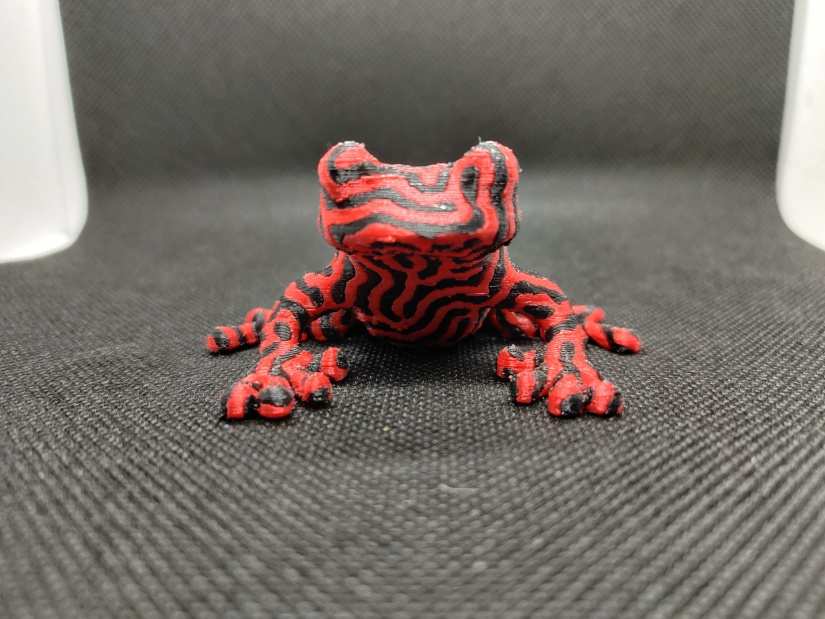
This dart frog was printed with the tweaked settings to aid the stringing and oozing. With a temperature of 195°C and retraction distance up to 3.5mm, as well as a wall to catch any extra material from attaching to the model, the result is much cleaner and higher quality.
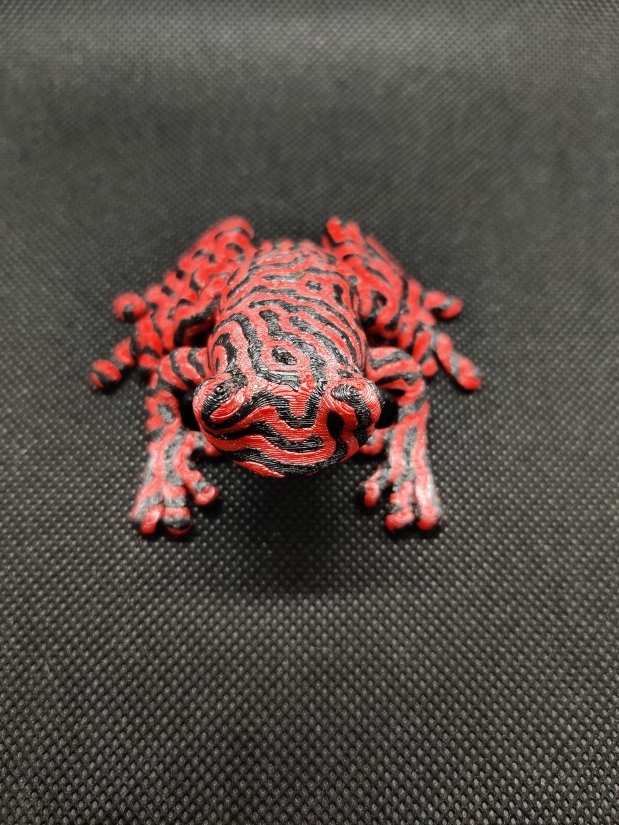
That being said, even this small frog model in two colors takes around 10 hours to print, and without any support for saving the print progress to turn off the machine or in the case of a power cut, you may find yourself leaving the printer on for long periods of time when printing larger models.
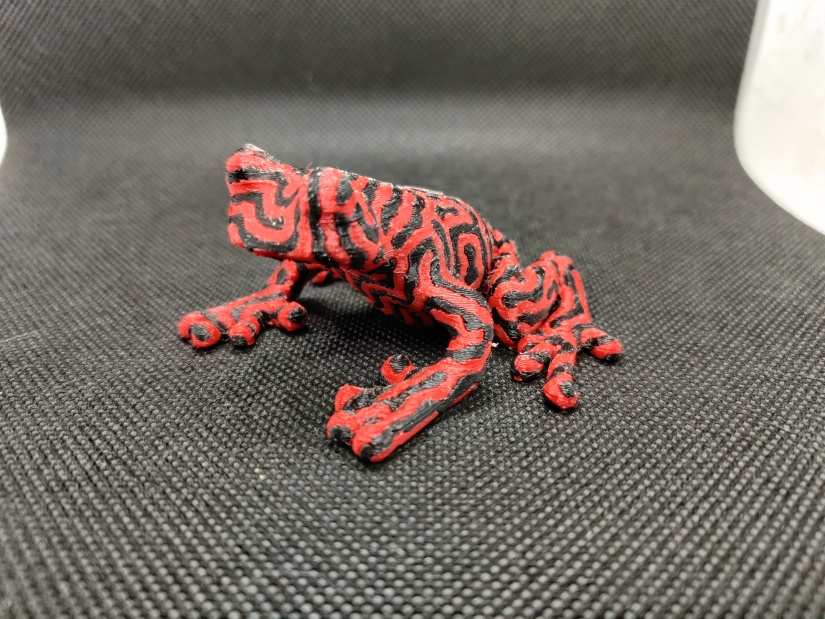
Gingerbread House Kit
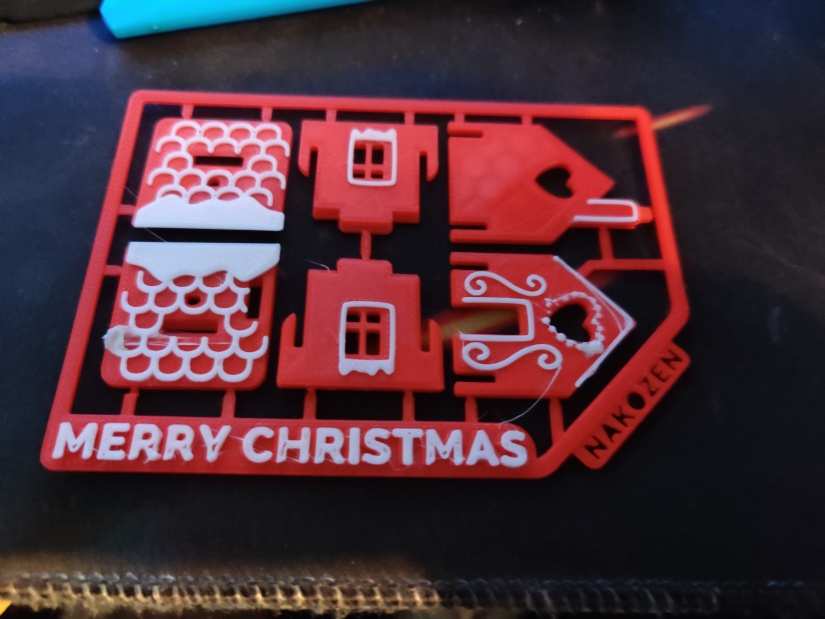
In the spirit of Christmas, I also printed a gingerbread house model card-kit, which prints flat and snaps together. As you can see, this came out well in two colors, creating a snowy effect on the red house. Unfortunately, some of the smaller details didn't print as nicely, and the model doesn't fully come together, which may be more of an issue with the model than the printer, especially at this scale.
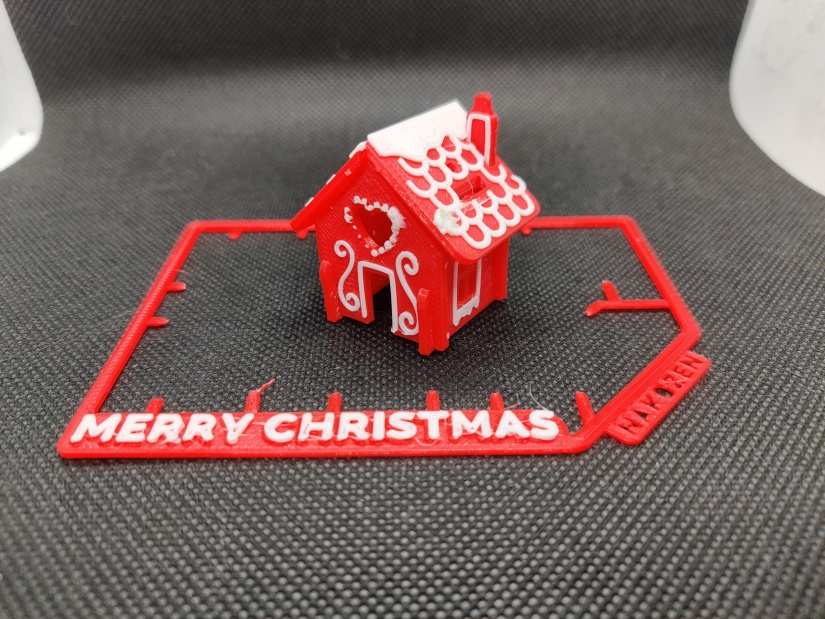
Autodesk Kickstarter Test
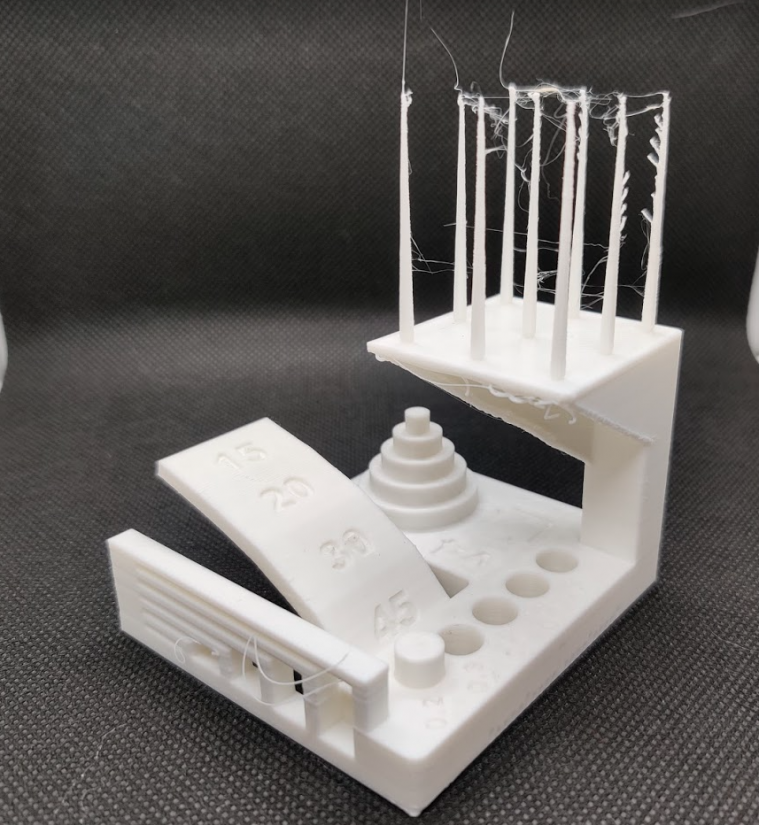
This Autodesk Kickstarter test benchmarking model comes with a sheet of measurement specifications that allow you to score the printer based on how well it handled some difficult features of the model. As you will see, the Flashforge Creator Pro 2 did a very good job with this test:
- Dimensional Accuracy: 5 of 5 points
- Fine Flow Control: 2.5 of 5 points (the spikes were printed to their full height, but I encountered some stringing at the top)
- Fine Negative Features: 4 of 5 points (4 pins were removable by hand)
- Overhangs: 4 of 5 points (15° overhangs showed some minor irregularities)
- Bridging: 5 of 5 points (no bridges contacted the surface beneath them)
- XY Resonance: 2.5 of 2.5 points (no ringing detectable)
- Z-Axis Alignment: 2.5 of 2.5 points (no layer registration effect visible)
Overall, the printer scored a total of 25.5 out of 30 points.
Software
Flashforge offers a slicing program called FlashPrint to prepare and send GCODE to their printers, while not too advanced in terms of features it can be quite powerful software. It hosts my personal favorite support structure generation, tree-like structures, which builds up supports branching out from small numbers of points to save material. The software also allows access to some of the more unique features of this printer, such as mirror mode, which the slicing software deals with excellently. The software even has settings to support soluble filaments.
Flashforge Creator Pro 2 Specs
The specifications for the Flashforge Creator Pro 2 3D printer are very reasonable and competitive with many other printers on the market.
- Extruder Number: 2
- Extruder Diameter: 0.4 mm
- Maximum Set Temp. of Extruder: 240 ℃
- Maximum Set Temp. of Platform: 120 ℃
- Print Speed: 10-100 mm/s
- Print Volume: 200*148*150 mm
- Support Filament: PLA, Pearl PLA, PVA, ABS, ABS Pro, HIPS
- Layer Resolution: 0.1-0.4 mm
- Print Resolution: ±0.2 mm
- Device Measure: 526*360*403( 550 ) mm
- Screen: Touch Screen
- Net Weight: 15 kg
- Gross Weight: 21 kg
- Input: 100-240 VAC, 47-63Hz
- Output: 24 V, 13.3 A
- Power: 320 W
- Spool: External
- Data Transmission: USB cable, SD card
- Software: FlashPrint
- Input: gx/g files
- Output: 3MF/STL/OBJ/FPP/BMP/PNG/ JPG/JPEG files
- Noise: 55 dB
- Working Environment: 18-30 ℃
Final Thoughts - Should You Buy the Flashforge Creator Pro 2?
The biggest selling point of this 3D printer is its unique Independent Dual Extruder (IDEX) capabilities, and this alone makes it worth the purchase if that’s what you’re looking for. One of the best dual-extruder 3D pritners on the market, the Flashforge Creator Pro 2 is an outstanding printer with tons of premium features. The benefits of having each print head move individually are plain to see in the versatility of the printer, from having 2 of a model print simultaneously making it wonderfully efficient for mass production, to the ability to make clean dual-colored prints and make use of soluble supports.
The bottom line is that this is a printer you’ll buy for its gimmick, and genuinely find it very useful, but miss some of the mainstay features like print resume and a removable print bed. Whether you can overlook these oversights for the benefits of its more advanced features depends on what you’re looking for, but if you can you’ll get some incredible results from the Flashforge Creator Pro 2.
Your turn: which 3D printers do you recommend?

































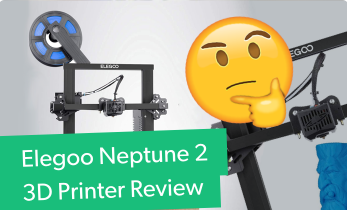





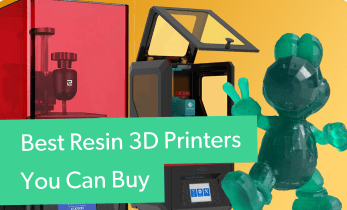

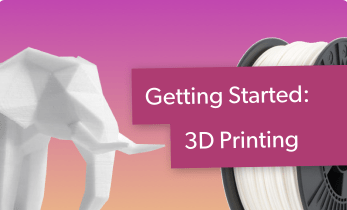

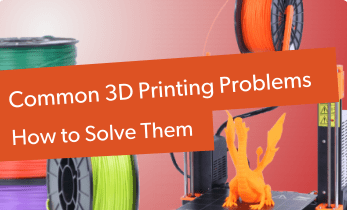

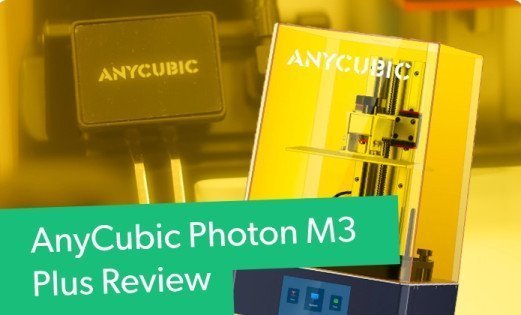


Leave your feedback...